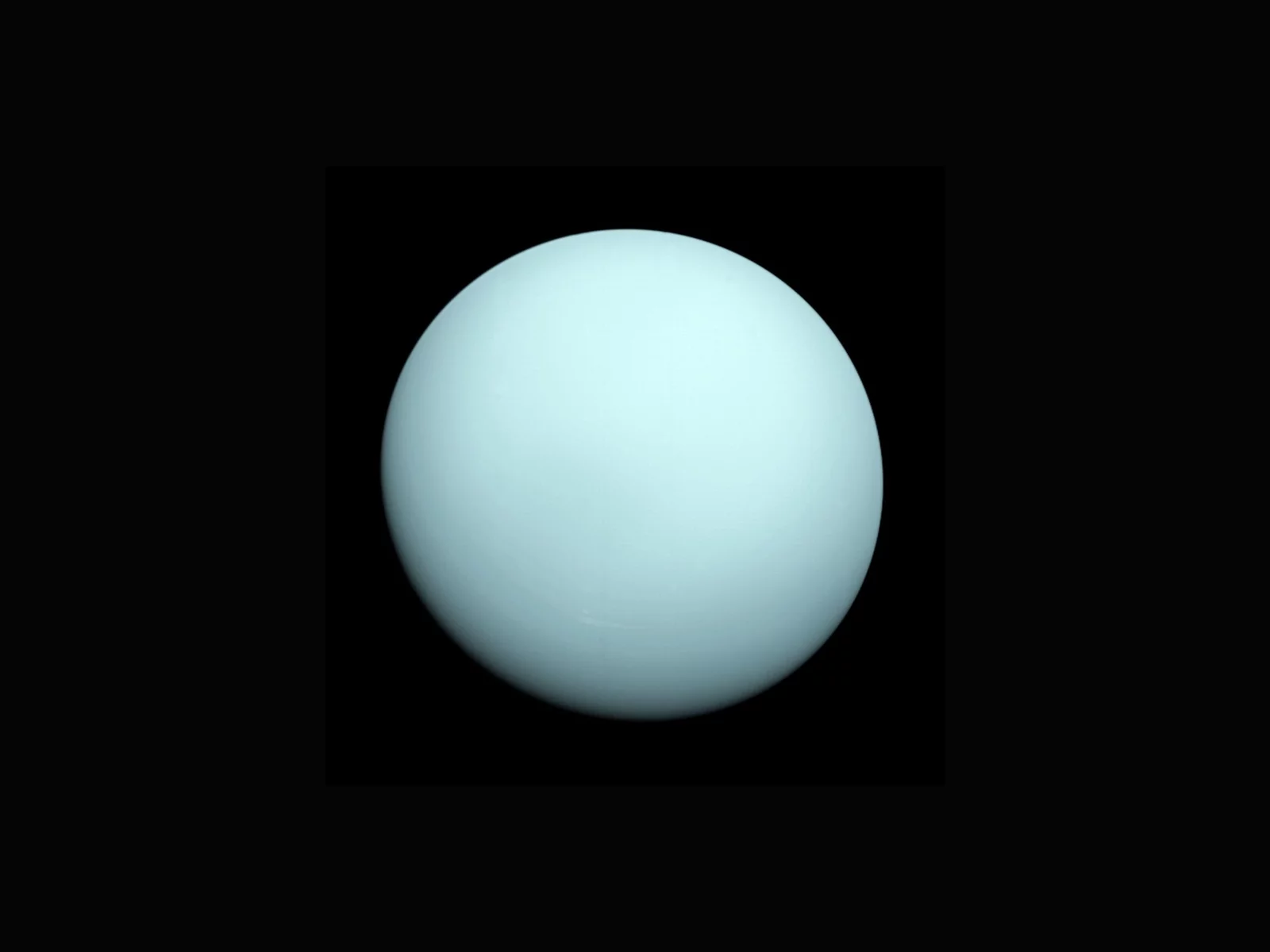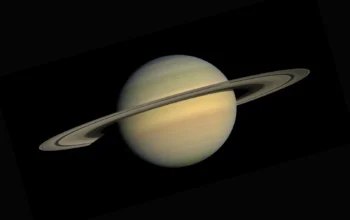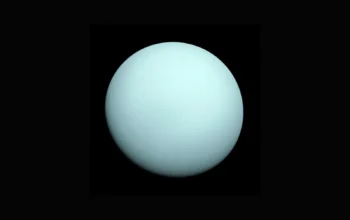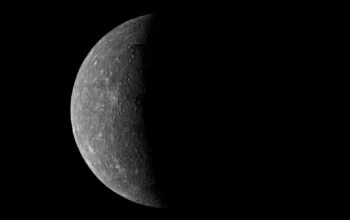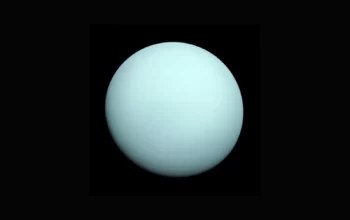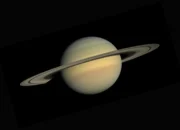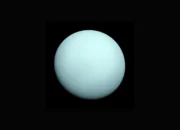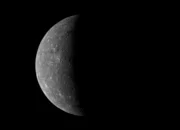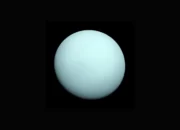middleportal.com – Have you ever wondered why Uranus and Neptune, the distant giants of our solar system, appear so beguilingly blue? It’s a captivating sight, but what causes these celestial wonders to don their azure hues?
The answer lies in the composition of their atmospheres, specifically the presence of methane. Methane, a simple molecule composed of carbon and hydrogen, plays a crucial role in creating the distinct blue coloration of both Uranus and Neptune.
When sunlight reaches these distant planets, it contains a spectrum of colors, including red, orange, yellow, green, blue, and violet. Typically, the atmosphere of a planet scatters sunlight in all directions, resulting in a white or yellowish appearance. However, the presence of methane in Uranus and Neptune’s atmospheres alters this process.
Methane molecules have a unique property – they absorb red light while allowing other colors to pass through or scatter. This absorption of red light gives rise to the blue coloration that we observe. In essence, the methane acts as a selective filter, removing the red wavelengths from the sun’s light and leaving behind the blue hues.
While both Uranus and Neptune owe their blue appearance to methane, there is an intriguing difference between the two. Scientists have observed that the middle layer of methane haze on Uranus is approximately twice as thick as the layer on Neptune. This disparity in haze thickness contributes to the variations in their visages.
The additional haze on Uranus creates a more pronounced scattering effect, resulting in a deeper and more vibrant shade of blue. In contrast, Neptune’s thinner methane haze produces a slightly lighter and less intense blue coloration. It is this discrepancy in haze thickness that distinguishes the two planets and adds to their mystique.
Exploring the depths of Uranus and Neptune’s atmospheres is no easy feat. These gas giants are located billions of miles away from Earth, and their remote locations pose significant challenges for scientific study. Nevertheless, astronomers and planetary scientists have made remarkable strides in unraveling the secrets of these enigmatic worlds.
By employing sophisticated telescopes and spacecraft, scientists have obtained valuable data about the composition and structure of Uranus and Neptune’s atmospheres. These observations have provided crucial insights into the mechanisms that give rise to their captivating blue hues.
As our understanding of these distant planets continues to deepen, so does our appreciation for the intricate interplay of factors that contribute to their unique appearances. The captivating blue colors of Uranus and Neptune serve as a reminder of the vast diversity and beauty that exist within our solar system.
